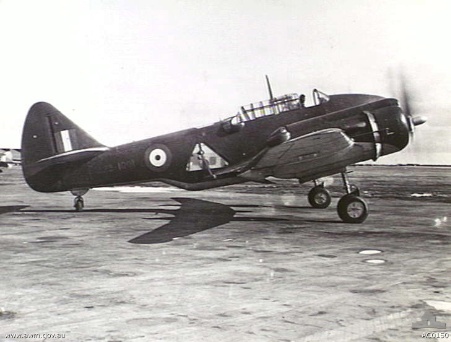Shortround6
Lieutenant General
Only if you can drag them to the Napier factory at gun pointI wonder if the sleeve valve chaps at Bristol can make an earlier go of helping Napier address the issues with the Sabre.

It took quite a bit of convincing as it was for Bristol to hand over "trade secrets" to Napier.
Secrets it took Bristol a lot of time and Barrels of money to learn.

